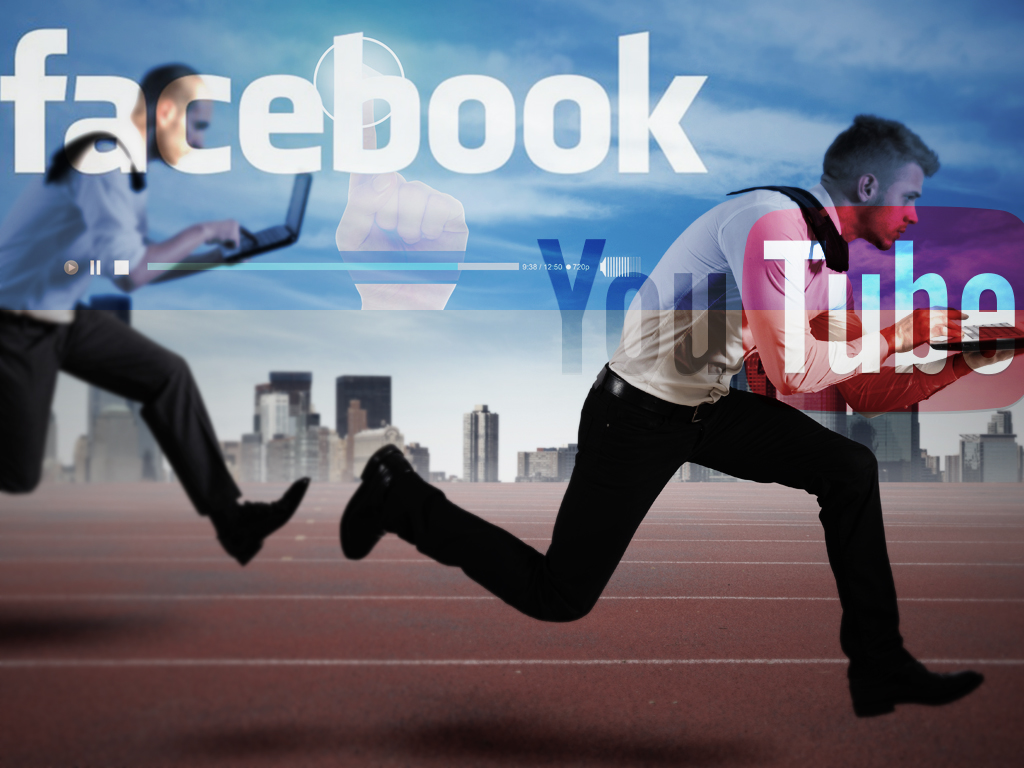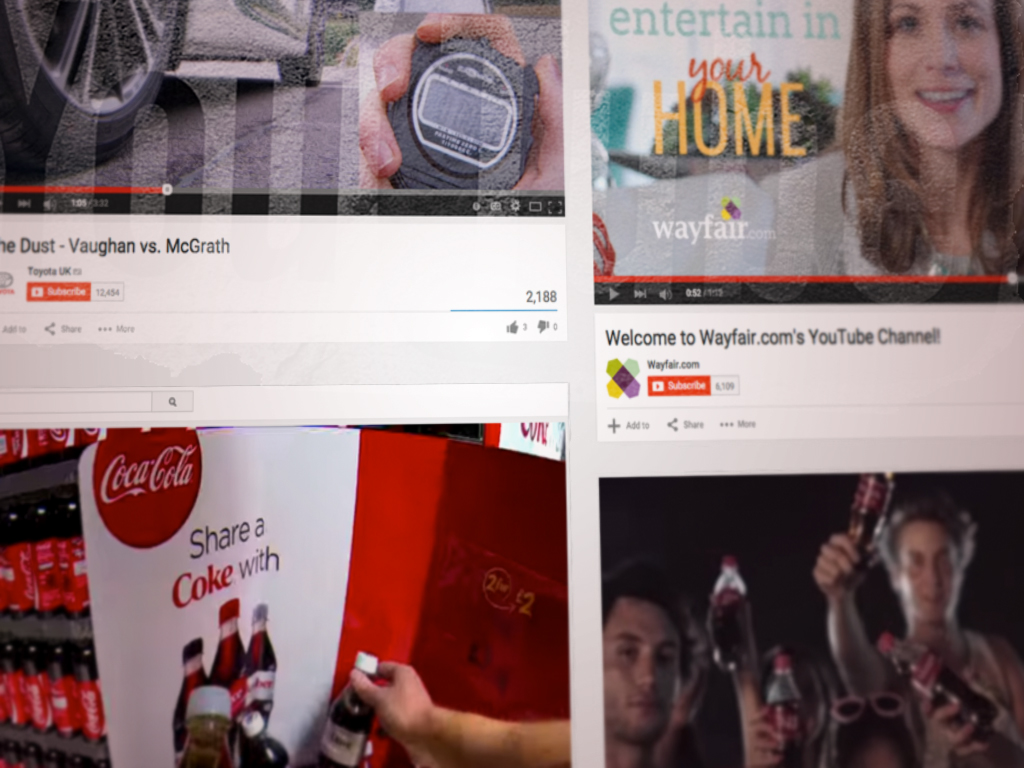It’s too late for brands to create video content that will top the best of 2014 lists, but not too late to learn key lessons for 2015 from this year’s winners. In particular: Videos are getting longer and more sensitive. They also target engaged audiences and create shared moments.
According to YouTube, the top video ads of 2014 came from brands like Nike, Budweiser, Always, Duracell, Samsung, P&G, Heineken and the movie Devil’s Due based on audience engagement and retention metrics, as well as views.
So what is it about these ads that made them so successful? And what can brands learn from them?
Brands Are Making Longer Videos
Whereas the long time rule of thumb with video content was shorter is better, multiple ads on the list this year are 1:00 in length with the longest clocking in at 5:28.
And the average sits at just over three minutes. And YouTube says not only are the top ads nearly 50 percent longer compared to last year, viewers also tuned longer, spending around 50 percent more time watching them.
According to Jonathan Stefansky, CEO of interactive video firm Viewbix.com, this means the industry is moving away from standard 30-second video spots. And while even though completion rates may be shorter with longer videos, he said longer videos have better engagement rates. And this is a trend he expects to see continue in 2015.
Brands Are Making Videos That Are Warm And Fuzzy
The popular videos also pull at viewers’ heartstrings like Budweiser and P&G have done, Stefanksy said.
In a similar vein, Digital Marketing Strategist Aaron Zakowski said the trend he notices is a message of empowerment. That includes the videos from Always and Duracell.
“Entertainment is nice, but the brands that leave their viewers really feeling good about themselves are the ones that are going to create the most long-lasting brand affinity from viewers,” Zakowski said. “I think that Always’ ‘#LikeAGirl’ video and Duracell’s ‘Trust Your Power’ video both did an awesome job of leaving viewers empowered to really be all that they can be and never to let others limit their potential.”
Greg Jarboe, president of content marketing agency SEO-PR, also points to the Ice Bucket Challenge. Calling it “the most talked-about social video campaign for social good this year,” he said, “The campaign gave massive exposure to the disease and across the millions of video uploads from celebrities and members of the public alike, generated a billion views on YouTube and 10 billion views on Facebook.”
It also allowed brands like Coke, McDonald’s, Target, KFC and Best Buy to jump on the proverbial bandwagon.
Brands Are Creating Videos To Target Deeply Engaged Audiences
Stefansky said some of the year’s top video ads were also targeted to really engaged audiences like football fans.
Jarboe agrees, noting it was also a big year for live sports with the Olympics and the World Cup, so brands were increasingly able to use YouTube to reach fans before and after games.
“And for good reason — the top 10 Super Bowl and World Cup ads this year earned a remarkable 14 million hours of watch time, with 75 percent of those hours consumed before or after the events themselves,” Jarboe adds.
The videos come from big brands.
The top video ads are also mostly from large brands, Stefansky notes. The question now, he said, is whether smaller brands will be able to leverage what big brands are doing and emulate the style that is working for them.
So how exactly do they do that?
Brands Should Play Around With Timing
Stefansky said brands should remember they’re not constrained to 30-second spots and experiment with longer form videos, doing A/B testing with different video lengths to get a better understanding of what their audiences want.
Brands Should Borrow Lessons From TV Advertising
The ads on the 2014 list incorporate many of the same elements that work well in great TV advertising, notes Kyle Bunch, group director of mobile and social platforms at digital advertising firm R/GA. That means starting “with a really strong insight about the audience a brand is trying to reach and [speaking] to an inherent human choice and [looking at whether it] does it in a way that makes an emotional connection with the audience,” he said.
That also means the videos tell strong stories that play on shareable dynamics, include elements that are timely and relevant and elicit strong emotional responses.
And these things, he said, are “blended with a lot of things that work well on the Internet, like cats, dogs and things that make people laugh.”
Brands Should Create Shared Moments
In addition, Bunch recommends creating a shared moment a la CardStore.com and its #WorldsToughestJob video.
“I think that’s a really nice standout example of something that has that right degree of the unexpected, particularly a kind of cultural moment of watching it and experiencing it and the big reveal moment,” he said. “An experience like that stands out as there’s a shared moment in watching it and [viewers] want to take it to social and share it.”
Who And What Is Missing?
Another interesting consideration is what is not on the list: Bunch said that despite the so-called “rise of the YouTube star,” YouTube stars are conspicuously absent from the list.
He nevertheless still expects to see more videos with influencers next year.
Jarboe said that by looking at the Mashable Global Ads Chart for the last year, it is interesting to consider which brands are missing if you look at the top brands by industry.
For example, the top airline in the 2014 Christmas ads is from WestJet, so Jarboe asks, “Where are United Airlines, Delta Air Lines or American Airlines?”
In addition, UPS is on the list, but not FedEx. And Samsung Mobile is on the list, but not Apple’s iPhone. The same is also true of the auto industry, he notes.
“In other words, there are a lot of big brands that still haven’t figured out social video,” Jarboe said. “Going forward, will they just keep doing what they’re doing, or will they stop being big brands?”
Other Predictions
According to Stefansky, there is a trend toward driving viewer engagement within videos as opposed to views being the only metric of success. He expects brands will be smarter in 2015 about understanding video ROI and factoring in their objectives, like downloading content or becoming a social follower.
In addition, per Jarboe, “trackvertising,” or a music video co-released by a brand and an artist, where the collaboration is clearly announced either in the video title, video description or within the video itself, is “off the charts.”
In addition, he said music videos are the most shared type of video content on the social web, with an average share rate of 7.1 percent compared to brand videos at 2.1 percent, and “music triggers deep-seated emotional responses, which are critical to brands as emotional intensity is the most significant variable in driving social activity. So, I expect more brands will collaborate with artists to create ‘trackverts’ in 2015,” he said.
What do you think brands can learn from the year’s top video ads on YouTube?


